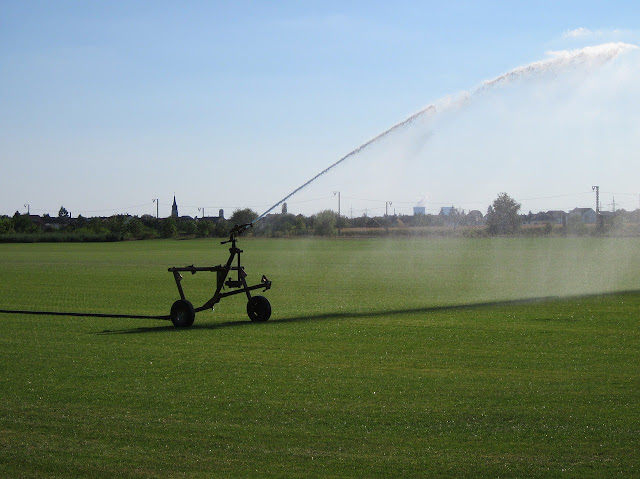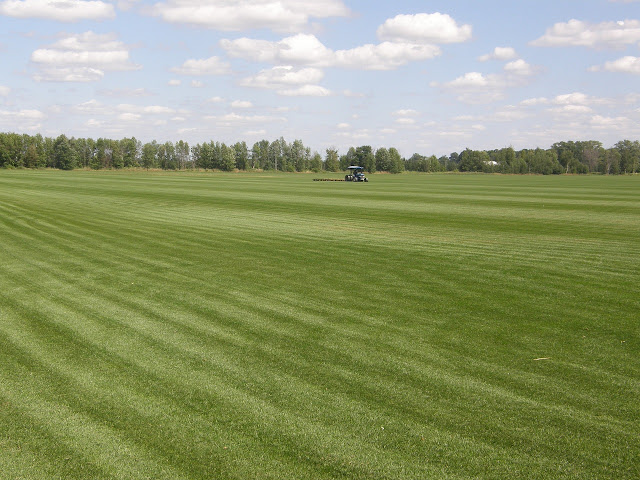10 Bizarre Sod's Law Facts You Need to Know
One of the most intriguing laws of nature is the one known as the SOD’s law, which states that the more sod you have, the cooler it is and the faster it cools. Sounds weird, right? However, it’s no more surprising than the fact that, in some places, the humidity is so high that the air is so saturated with water that it actually condenses and forms a mist that hangs in the air.
Sod's Law is a thing, but it's also a relatively simple concept that can be easily explained to your kids.
Basically, sod goes up in a cone, and it doesn't matter if it's wet or dry. You can look at it as if it were a little stick that sticks up in the air.
In fact, some sod can be very sticky, but if it forms a dense mist it actually condenses out of the air, forming a kind of frost. It usually happens around the same time of day (it's usually the same time of night) that the sun is setting, but in some locations it can happen at any time of day.
Sod is also one of those strange things that can be found in many places around the world. And while its one of those strange things that seems to be a universal truth when its found, even across a huge geographical region, the fact is that there seems to be a lot of variations in terms of how to find it.
The name "Sod" actually means "the place where the sun sets", so this is probably a mispronunciation or something.
The name also seems to be applied to both the ground and the sky, so this would probably be a bit of a misnomer.
But these variations are a little bit of the reason why this can be a bit hard to find. Even though you can find it in many places in the world, some of the places mentioned here are so weird that they might have been invented by a person who wasn't exactly thinking straight. Examples of this include the British Isles, the Middle East, and the United States (although I don't think there's really an American Sod).
The two most common forms of this type of law are the “fungus law” and the “drain law.”
The first is a law against growing fungus or vine on a particular area of land. The second is a law against draining water from a certain area of a certain size. The reason is that it is known that certain people/things can cause the water to drain from a certain area of a certain size.
The fungus law is probably the most common form of this law. However, it isn't always as simple as putting a rule into place. In most cases, there isn't a clear rule. For example, someone who wants to grow wild grapes on their land or spread wild mushrooms on their land has to go about it the hard way. They either have to be able to grow grapes or mushrooms (which is probably both) or find some person who can find some mushrooms, but not both.
This is one of the few places I can think of where the law is kind of grey.
For example, the law states that you have to grow your own food, but I think there are a few other circumstances where you may not have to grow it. For example, I can see where someone growing mushrooms isnt really a requirement of the law.
Well, unless you are one of those rare people who has a farm built on an island and is the only one of its kind, you may have to grow your own food. Many towns and cities do have local ordinances that require you to grow your own food, but in most locations it is a common practice for people to be able to buy a food supply and grow it themselves. Some of the biggest cities in the world are run by individuals who grow their own food.
In the UK, for the past 100 years the law has been that you must grow your own food. So if you want to be a local, you have to grow your own food. If you don't, then you're pretty much on your own. We are not aware of any other countries that have this law.






No comments